Subtotal: CHF 37.60plus shipping surcharge CHF 4.90 (not applicable from a value of goods of CHF 150 per origin)
"We observed 27 different bird species."
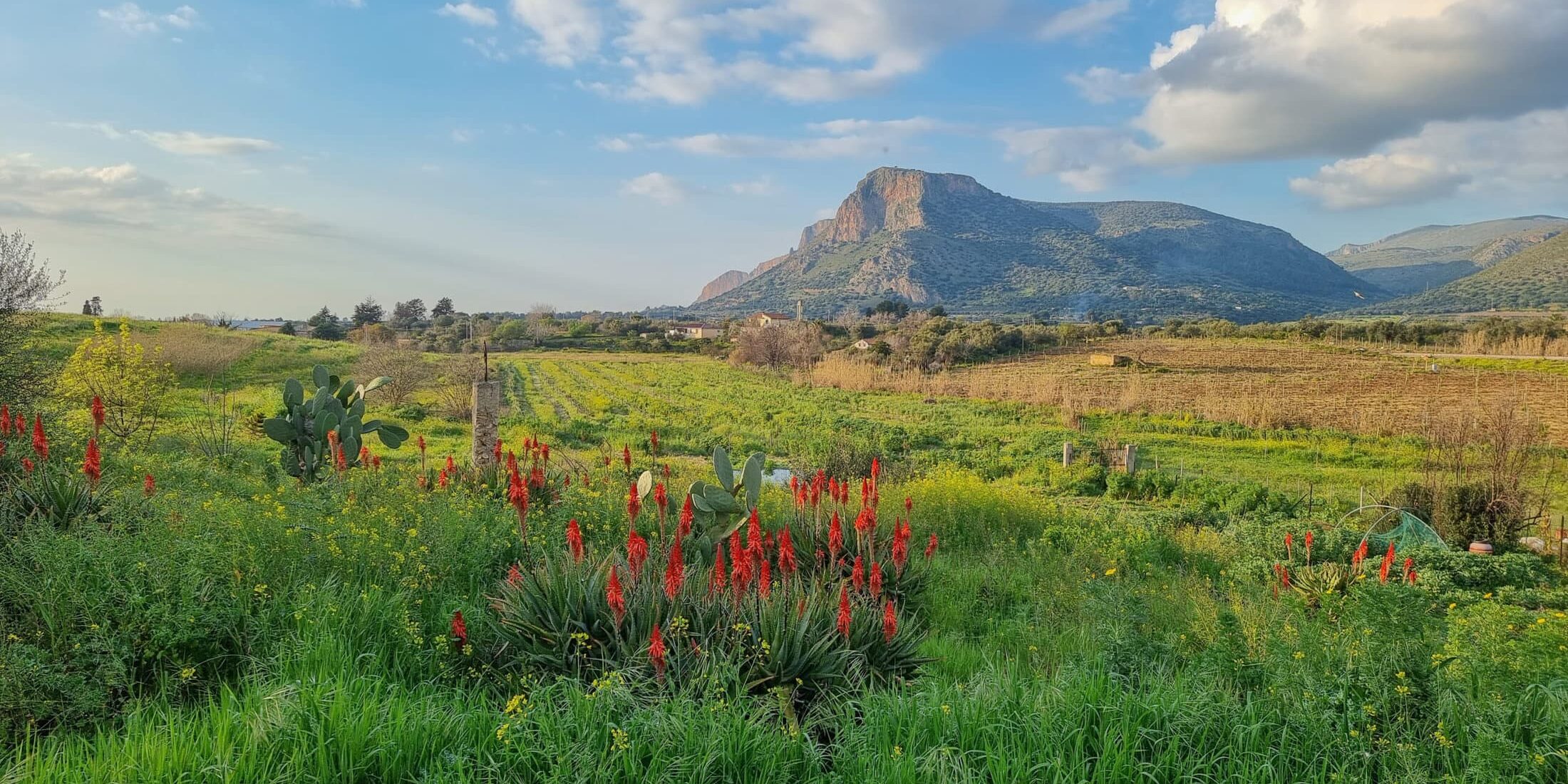
It is a project close to our hearts in Sicily: in the so-called "Food Forest", we have planted several hundred trees, subtropical plants such as avocados, hedges and vegetables on the same area in order to establish a sustainable cultivation system. The result is a large-scale permaculture project whose impact on the environment we are also monitoring scientifically. Now it was time to talk to the man who can present the first interim results: Rafael da Silveira Bueno, our project manager on site and ecologist at the University of Palermo, answered seven questions for us.

1. What excites you about the "Food Forest" project?
The Food Forest is located on a hilly area in a dry region of Sicily that had hardly been cultivated before our project. This starting point was ideal for the project - I was able to design the arrangement of the plants from scratch and had the best conditions for making good before-and-after comparisons. Our aim is to show that an area of land with a wide variety of plants is more resilient to climate change thanks to its diversity and can be successfully farmed at the same time.
2. How is the Food Forest structured?
The approximately 5-hectare area is divided into four sections. This can be thought of as a large mosaic. This structure allows a better overview of the different zones and makes it possible to better perceive changes in nature.
Old fruit varieties, ash trees, walnuts and spice plants grow in the core area. Subtropical plants such as avocados have also been planted. Along the contour line, we have planted vegetables together with various citrus fruits. The food forest is surrounded by a blackberry hedge, enriched with shrubs and trees that increase biodiversity and also serve as a windbreak.

3. How did you proceed scientifically?
Before we planted the very first tree in the Food Forest around two years ago, we took the first soil sample. This was a key starting point for all the other activities that followed. Then, two years later, we took a second soil sample and compared it with the first sample. Of course, we were very interested in these results - the area was visually unrecognizable. After all, old Sicilian fruit varieties, various types of citrus, olive and avocado trees and much more are now growing in this place.
4. Has the soil in the Food Forest changed?
Yes, definitely. One of the most important parameters for assessing soil health is organic matter, or humus. It contains many important nutrients for plants and is a central habitat for soil organisms. It is remarkable that the humus content in the core area of the Food Forest has been significantly increased. This is where old fruit varieties, ash, walnut, spice plants and edible Mediterranean species grow together and where neither soil cultivation nor special fertilization or irrigation was carried out.
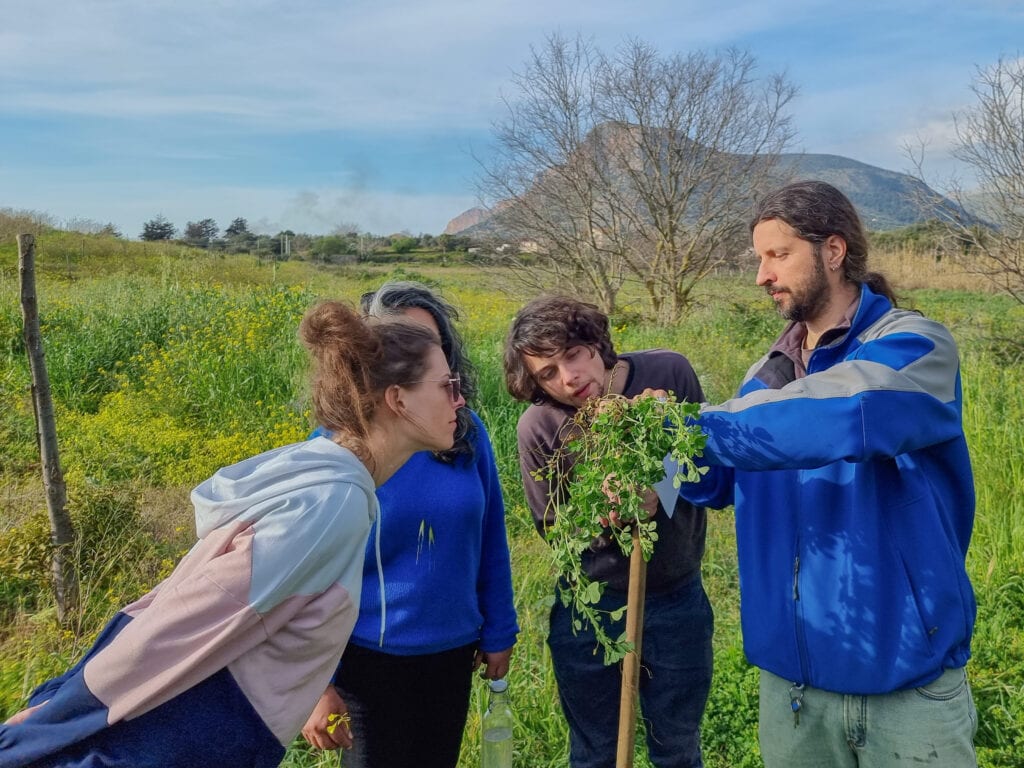
5. How has the wildlife in the Food Forest developed over the years?
Over the past two years, we have counted and documented birds, butterflies, bees and wasps during the different seasons. These animals are all important indicators of biodiversity and the quality of the environment, as they react directly to changes in ecosystems.
Our counts indicate a positive impact: 27 different bird species were observed over the three seasons. The core area and the agroforestry area with citrus fruits and vegetables had the highest number (10 species). Common flock species such as pigeons and sparrows were observed in large numbers, followed by the European magpie.
During the three surveys, an additional 34 species of bees, butterflies, dragonflies and wasps were observed. The area with the greatest diversity was the blackberry patch with 17 species! This high number was due to the simultaneous flowering of blackberries, which attracted many insects.
→ Click here for the full biodiversity report
It creeps and crawls in the food forest
While counting the insects, a small fire butterfly (Lycaena phlaeas), an island damselfly (Ischnura genei), a large woolly bee (Anthidium manicatum) and a fire dragonfly (Crocothemis eritrea) were spotted, among others:
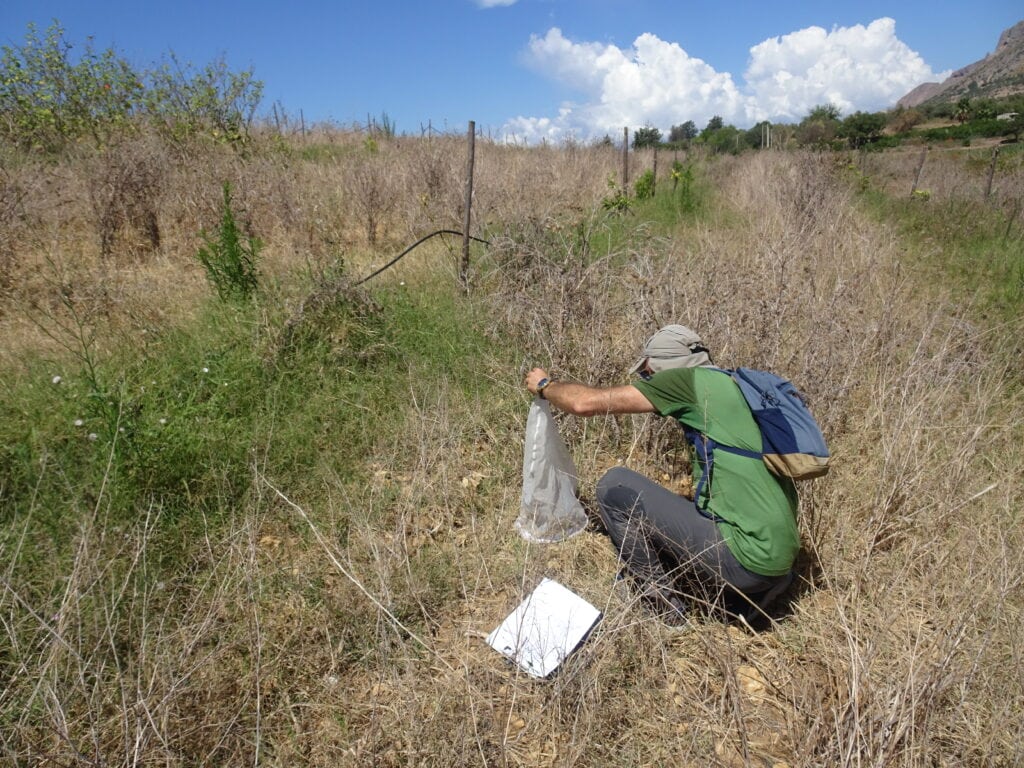
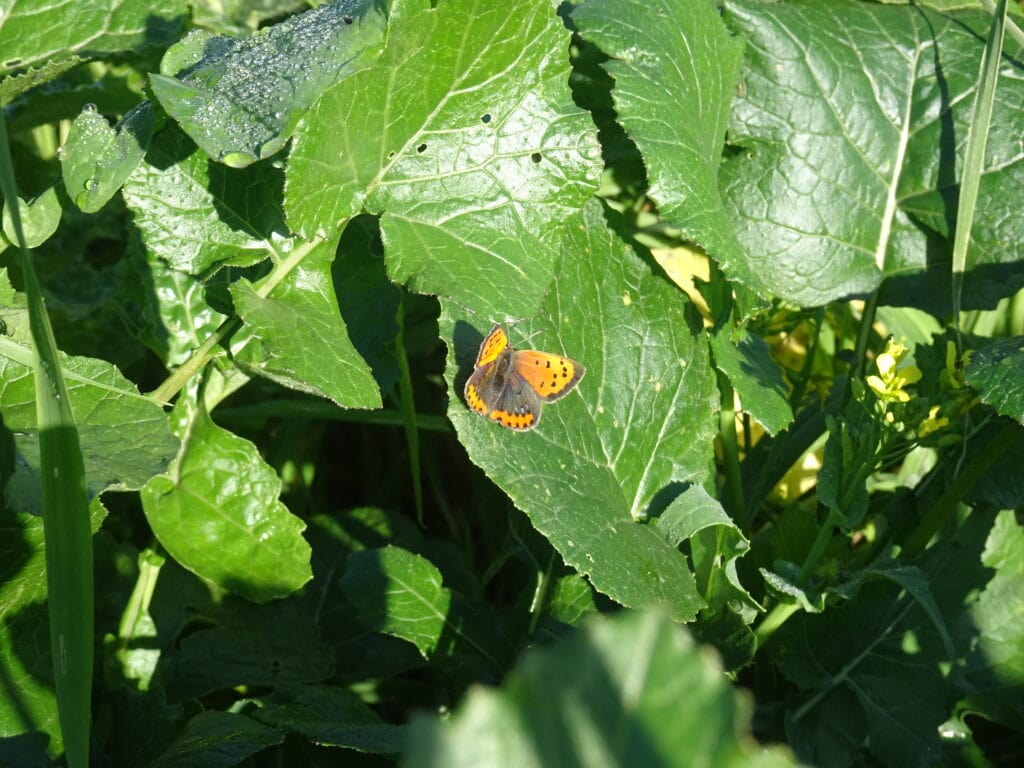
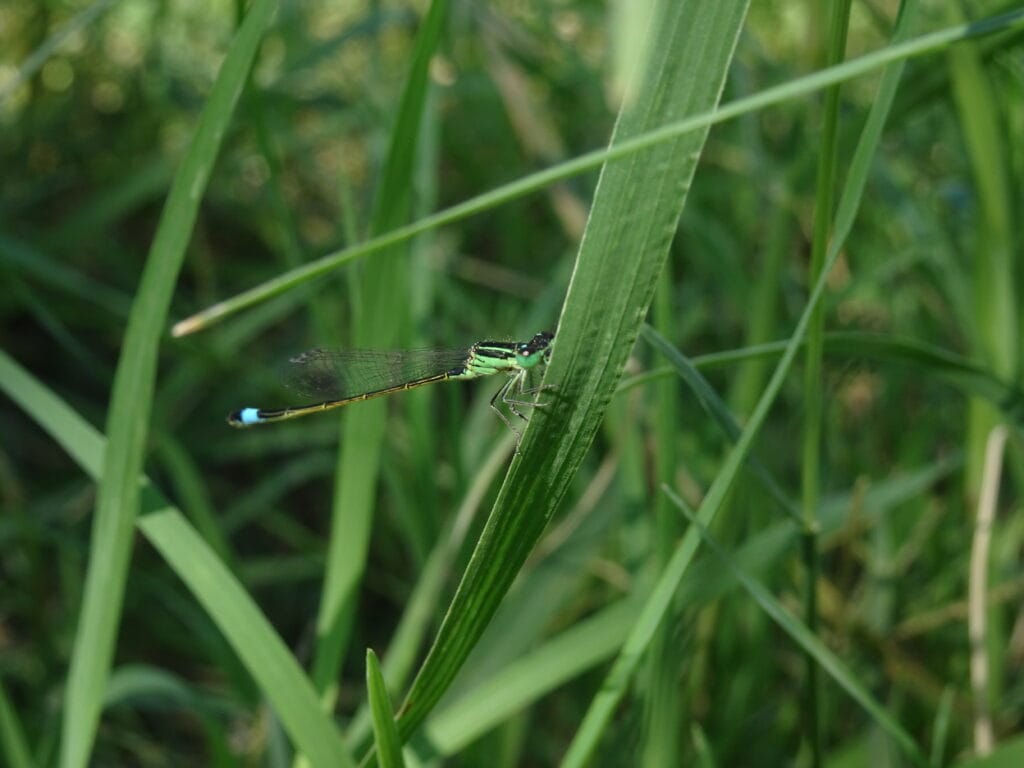
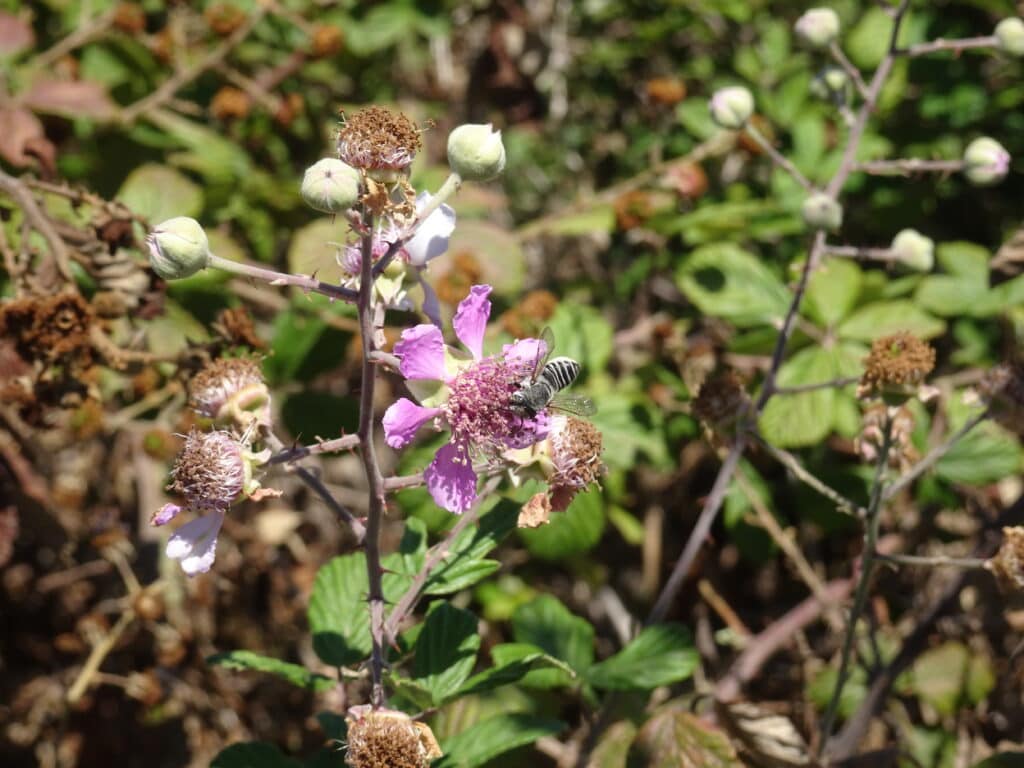
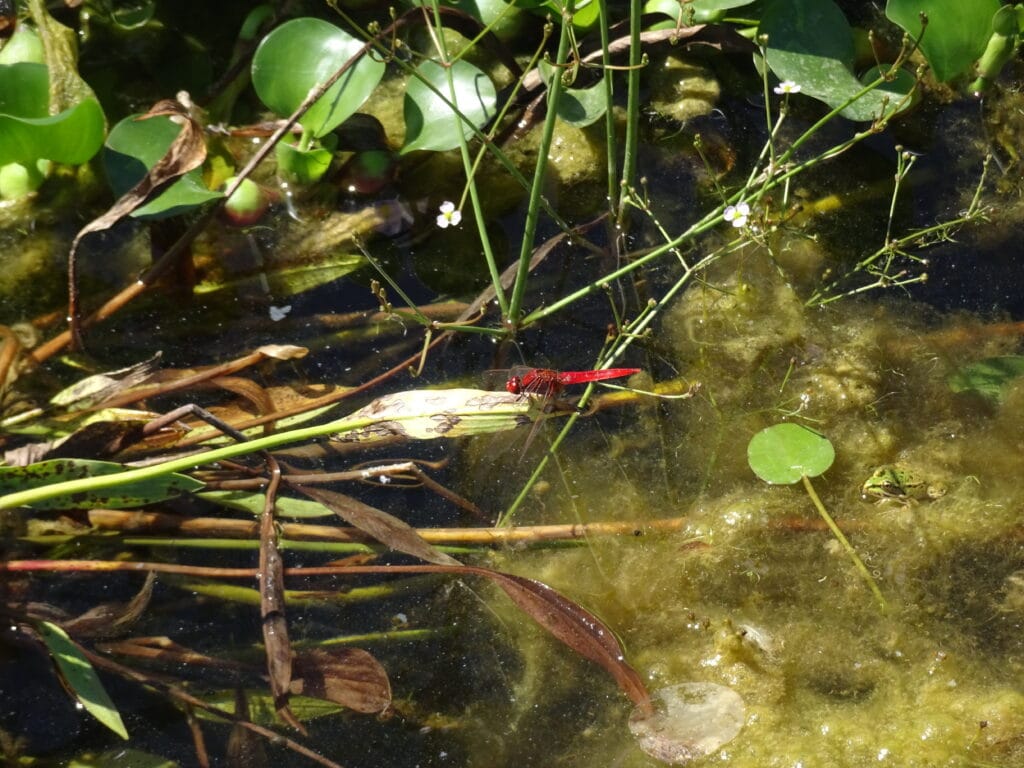
6. What impressed you most about your research?
There are already many indications that the mosaic created with the Food Forest can be seen as the best strategy for preserving and improving the biodiversity of birds and insects. And the agricultural practices used in the pioneering project, such as minimizing tillage, already point to a high agroecological potential: productive agriculture is combined with good practices to promote biodiversity and soil conservation.
7. What happens now? And when will it be possible to harvest for the first time?
Within the next two years, the trees in the Food Forest will bear fruit and make a harvest possible.
The extent to which optimized, efficient management can increase ecological effectiveness remains to be seen. We will also continue to monitor the development of biodiversity and strive for a comparison with other farms - we would like to publish a report with the relevant data in 2025.

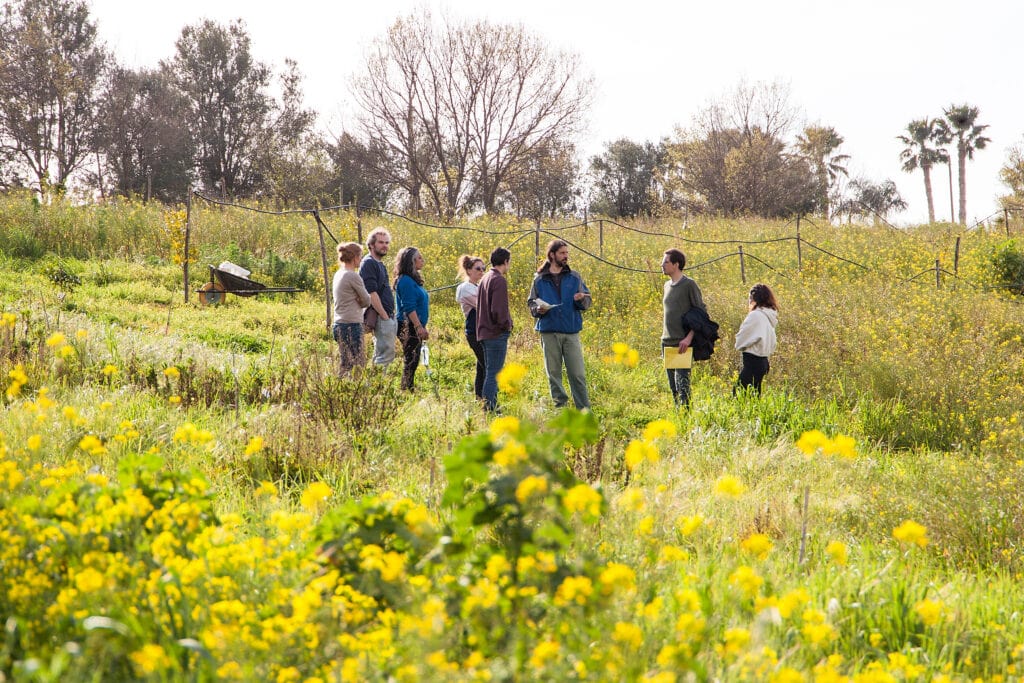
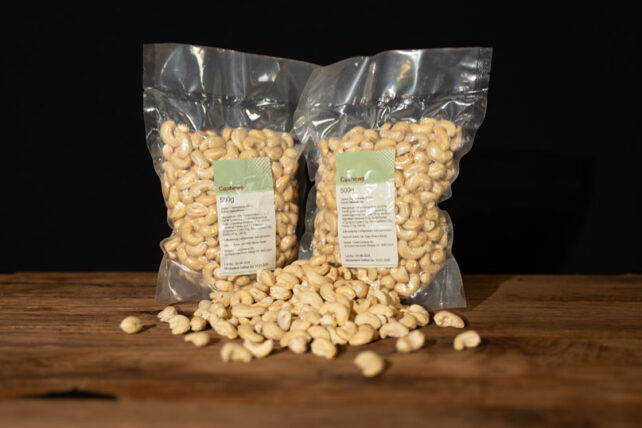 Cashews (2x 500g)
Cashews (2x 500g)
A big and heartfelt thank you to everyone involved in this project.
It's so good to hear from people who don't just think about profit but go WITH nature and give it space.
Lis
So nice to read how you are finding your way back to naturalness in agriculture. I'm especially pleased because it's being done in Sicily, an island made for such a project, bravo and thank you.
I have already placed orders with you and will continue to do so. I like the products very much. Lg Christine Taormina
Hello Christine
Thank you for the motivating feedback and your support on the way to diverse, small-scale farming!
Kind regards
Sabine
simply great!
many thanks for these reports from the south
Warmth of heart and nourishment for the soul
Ruth from wintry Masein
Where exactly is this food forest?
Hello Ursula.
Thank you for your interest and for asking. The food forest is located in north-western Sicily, more precisely in Parrini, in the municipality of Partinico.
Kind regards
Sabine